
How to Change Brake Pads on Electric Bike?
Understanding Brake Pad Basics
Electric bike brake pads help you stop safely when riding. These small but important parts work by creating friction that slows down your wheels, which is essential for your safety. Regular checks and timely replacement of brake pads can save you money in the long run by preventing damage to other brake parts. With some basic tools and know-how, you can change brake pads yourself.
The way brake pads work is pretty simple. The pads squeeze against your wheel's rotor when you pull the brake lever, helping you stop smoothly. Your e-bike's brake pads have two main parts: a metal back and a friction pad that does the actual braking.
As someone who works on e-bikes often, I know how dangerous worn brake pads can be. You should check your brake pads regularly for signs of wear to keep yourself safe. Spotting problems early is key to maintaining good brakes.
E-bikes need stronger brakes than regular bikes because they're heavier and go faster. This means your brake pads work harder than those on a normal bicycle. Know what kind of brake pads your e-bike needs so you can take good care of them.
Watch out for signs that your brake pads need changing, like thin pads or squeaky brakes. Looking at your brake pads during regular bike cleaning helps catch problems before they get serious.
When changing brake pads, make sure to take the old ones out carefully and clean everything well. After putting in new pads, always test your brakes to make sure they work right. Good brake maintenance keeps you safe on every ride.
Tools, Safety, & Preparation
Get your tools ready before starting work on your electric bike brake pads. Your workspace needs to be clean and organized with good lighting.
To stay safe, make sure you have Allen keys, a screwdriver, cleaning cloths, and if possible, a bike stand. Working on an e-bike requires extra care because of its electrical parts.
Turn off the battery and unplug it from your electric bike. Being careful around electrical components is very important when doing any maintenance work.
Brake Pad Inspection
Take a good look at your current brake pads. This quick check will help you spot any unusual wear patterns or damage.
Get your safety gear on - glasses and gloves are must-haves. You'll want to protect yourself from brake dust and sharp edges while working.
Here's what you'll need:
| Item | Purpose |
| Allen keys | For loosening bolts |
| Screwdriver | For small adjustments |
| Cleaning cloth | For wiping parts clean |
| Bike stand | To hold your bike steady |
| Safety glasses | To protect your eyes |
| Gloves | To keep your hands safe |
Clean the brake rotor with alcohol before you start. A dirty rotor can make your new brake pads wear out faster. Make sure everything is within arm's reach. Good preparation makes changing electric bike brake pads much easier.
How to Change Brake Pads on Electric Bike
Before you start, make sure your e-bike is on a stable stand. The right position will help you see if there are any brake pad problems and make removal easier. Working on brakes requires attention to detail and a clean workspace.
Checking Your Brake Pads
Take a good look at the wear indicators on your brake pads. These small marks tell you when it's time to change the pads. Feel the brake pad surface with your hand to check for rough spots or damage. Look closely at both brake pads to make sure they're wearing down evenly. For safety tips and more info, check out: NHTSA Brake Safety.
Taking Out Old Brake Pads
Find the brake caliper on your e-bike. This piece holds your brake pads in place. Take out any clips and bolts that keep the pads secure. Slide the old brake pads out slowly and carefully. Remember how they were positioned - you'll need this info later.
Using a small box for parts will keep everything organized. Take your time with each step to avoid mistakes. Check the caliper for any dirt or damage while the pads are out. Clean everything with alcohol and a soft cloth.
Expert Tips for Better Results
Check both brake pads to see if they're worn the same amount. Take pictures before you remove anything if you want to remember how it goes back together. Get new brake pads if the old ones look really worn or damaged.
Following these steps will help keep your electric bike's brakes working safely. Remember that good brakes are super important for your safety. When in doubt, ask a bike shop for help with your brake pad replacement.
Installing and Adjusting New Brake Pads
Prepare the Caliper and New Pads
Clean the caliper with rubbing alcohol until it's spotless. Make sure you get all the dirt and grime off so your new brake pads will work their best. Position the bike securely on a work stand. Double-check that you have the right brake pads for your electric bike.
Insert the New Brake Pads
Put the new brake pads into the caliper carefully. They should line up with the rotor without any forcing. Check that all clips and pins are in the right spots. The pads need to stay firmly in place when you use the brakes.
Adjust Pad Alignment
Move the caliper so the pads line up perfectly with the rotor. Slightly loosen the mounting bolts and squeeze the brake lever to center everything. Look carefully to make sure both pads touch the rotor evenly when you brake. Good alignment will help your brakes work better and last longer.
Test the Brakes
Tighten all the bolts according to the instructions. Pull the brake lever several times to check how it feels. The brake lever should feel firm and strong. Look at the rotor to make sure the pads are touching it evenly.
Fix Common Problems
If you hear scraping or notice uneven wear, check how the caliper is positioned. Make any needed adjustments to fix the problem. Clean everything again if the brakes feel slippery. Get help from a bike shop if you can't solve the issue.
Final Safety Check
Take one last look at everything you've done. Make sure all the bolts are tight and the brake lever works smoothly. Spin the wheel and test the brakes while the bike is still on the stand. Your electric bike's new brake pads should now be ready for safe riding.
Post-Replacement Testing & Routine Maintenance
Testing your new electric bike brake pads is important before regular riding. Take time to squeeze the brake lever several times while your bike isn't moving. Watch how the brake lever responds and check if it feels right.
Next, do a slow test ride in a safe place to make sure the brakes work properly. Pay attention to any weird noises like squealing or grinding that might mean something's wrong. These test rides help you catch problems early.
Safety Checklist
Your brakes need these basic checks after installation:
• Check if the brake lever feels solid
• Make sure brake pads don't rub when not in use
• Look for any loose parts
• Test the brakes at different speeds
Here's a simple way to test your brake pads:
1. Test brake lever while stopped
2. Short test ride
3. Check for problems
4. Fix if needed
5. Final test
You should check your brake pads often to keep them working well. Take a quick look at your brake pads every few weeks or after riding in bad weather. When brake pads get too thin, replace them right away.
Clean your electric bike brake system once in a while with rubbing alcohol. A clean brake system works better and lasts longer. If your brakes still don't feel right after cleaning, you might need to check how you installed them.
Following these steps helps keep your electric bike safe for every ride you take. Remember that good brakes are key to staying safe on your electric bike.

Additional Tips, Common Issues & Unique Insights
Key Points to Remember
Installing electric bike brake pads requires careful attention to detail. Many riders skip important steps during brake pad replacement, which leads to problems later.
When replacing brake pads, use the right amount of force to tighten bolts. Over-tightening can damage your brakes and cause them to fail early. Check that new brake pads line up perfectly with the rotor. Small adjustments make a big difference in how well your brakes work. Keep all brake parts clean and use the right amount of grease on moving parts. Even a tiny bit of dirt can cause your brakes to make noise or not work properly.
Think about where and how you ride when choosing brake pads. Wet conditions need different brake pads than dry, hot weather. Test your brakes carefully after installing new pads. If anything feels wrong, or makes unusual sounds, have a professional check your work. Make sure pads touch the rotor evenly when you squeeze the brake lever. Short test rides help you spot problems early. Check your brake pad wear regularly by looking at the wear indicators. Early replacement prevents damage to other brake parts.
Different brake pad materials work better in different conditions. Choose the right type for your riding style and local weather. Get help from a bike shop if you're not sure about any step. Proper brake maintenance keeps you safe and saves money over time.
For more technical details, see the Wikipedia Brake Pad article.
FAQs
1. How often should I replace my e-bike brake pads?
Generally every 1,000-1,500 miles, or when the pad thickness is less than 1mm.
2. What tools do I need to change e-bike brake pads?
Allen keys, screwdriver, cleaning cloths, bike stand, safety glasses, and gloves.
3. How do I know if my e-bike brake pads need replacement?
Look for thin pads, squeaking noises, reduced braking power, or visible wear indicators.
4. Can I replace e-bike brake pads myself?
Yes, with proper tools and following safety guidelines, though beginners may want professional help.
5. Why do e-bike brake pads wear faster than regular bike pads?
Due to the e-bike's heavier weight and higher speeds, causing more friction and faster wear.




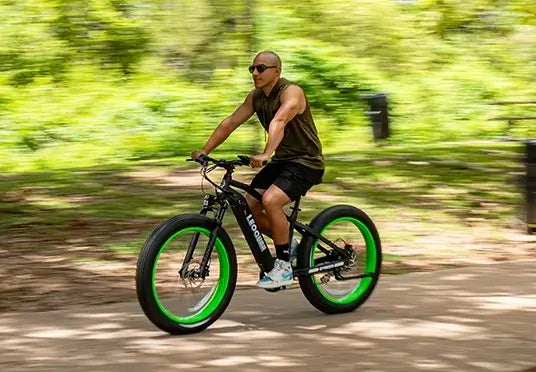





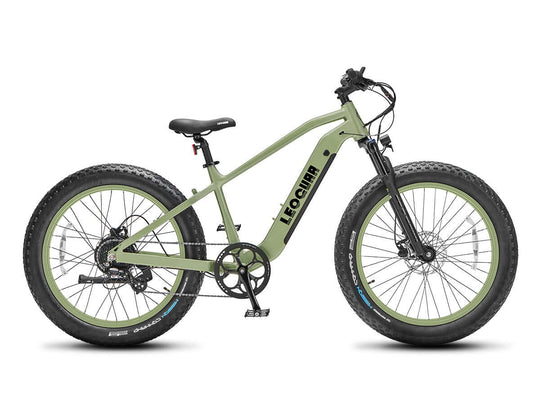
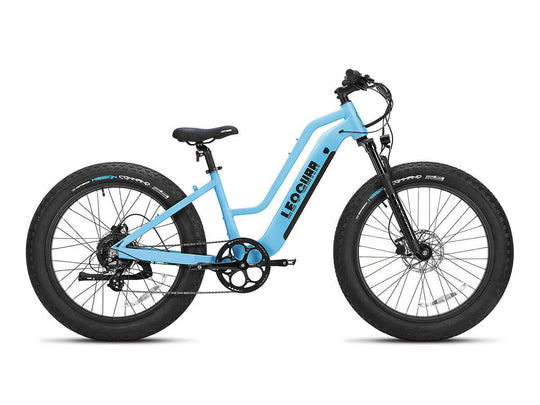
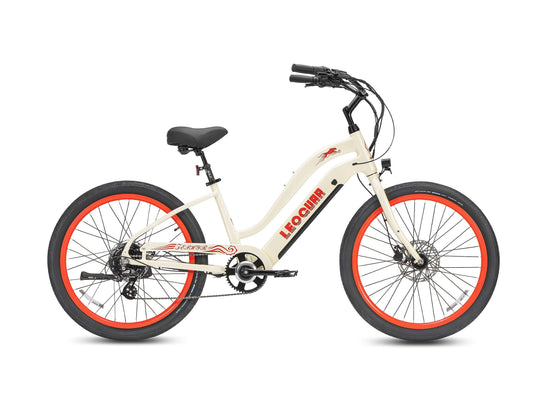
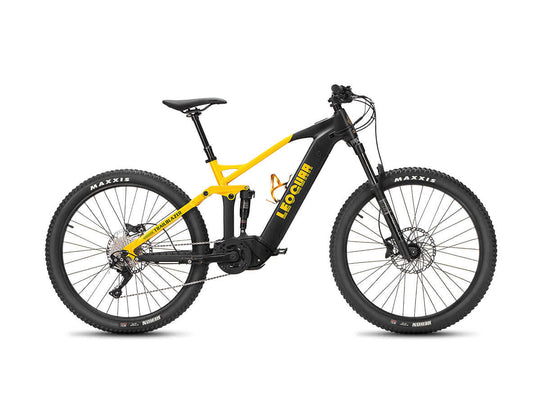
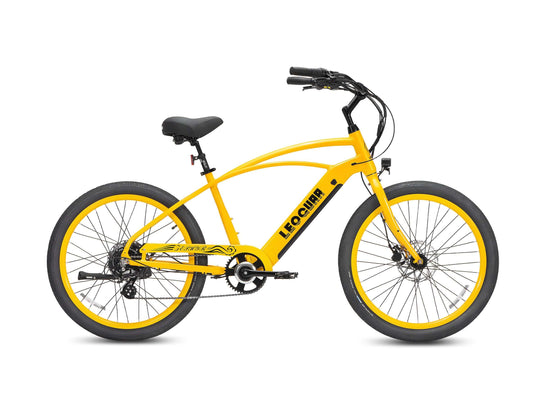
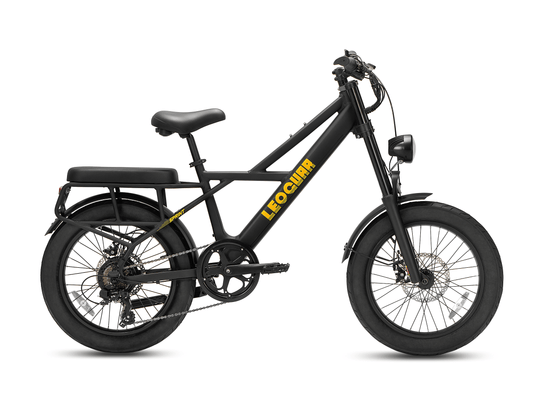

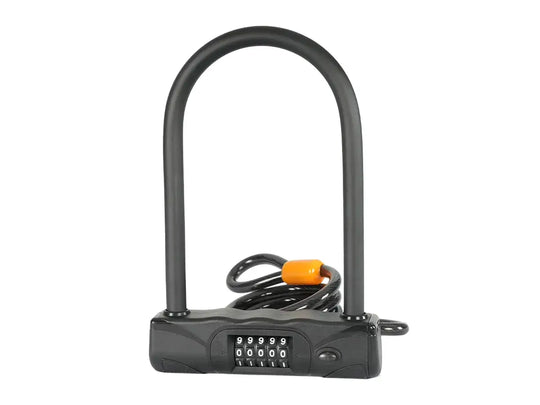
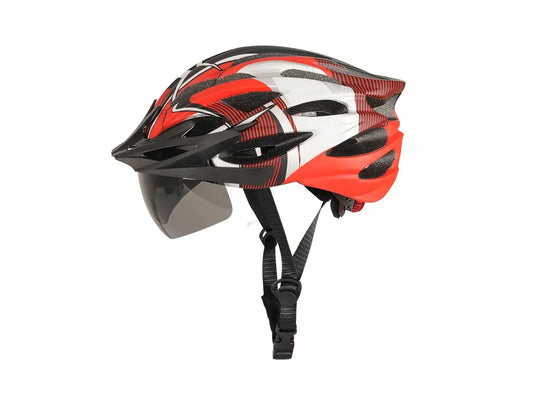
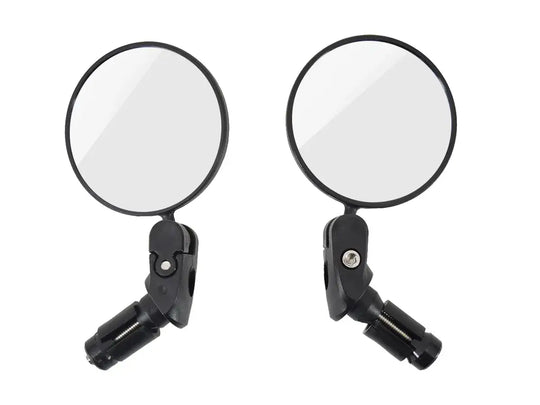

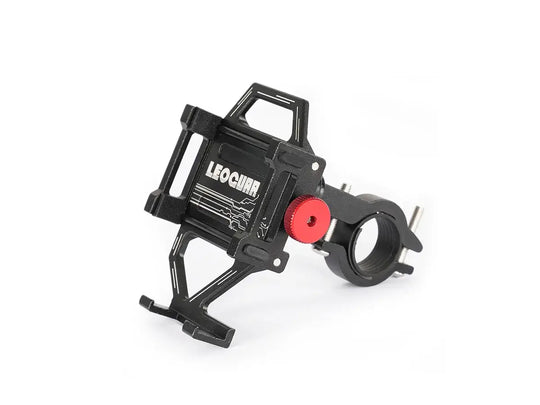
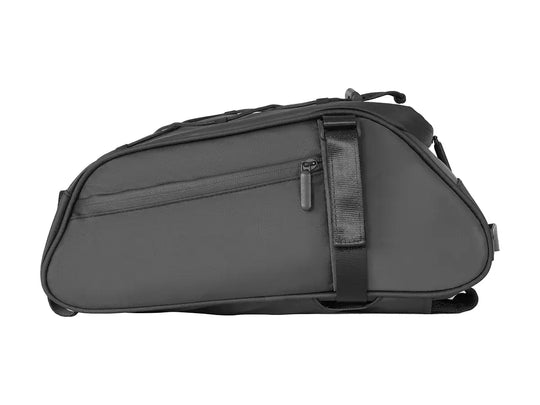
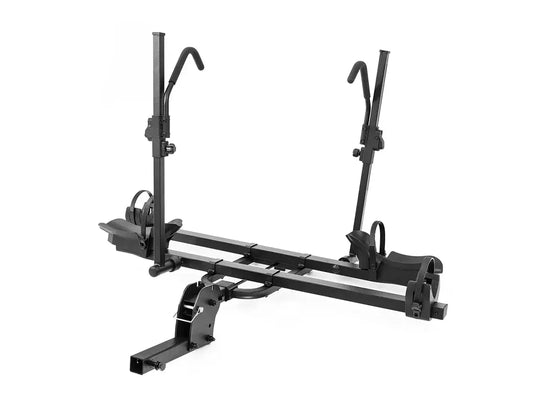
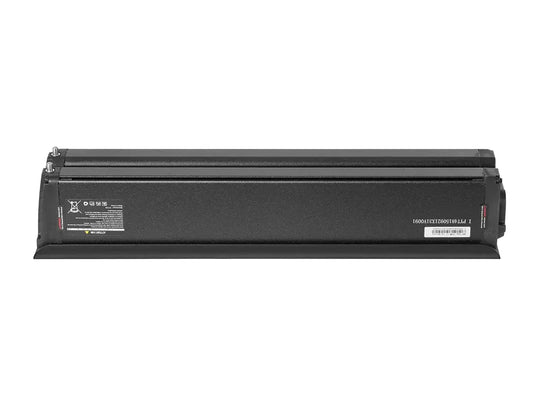
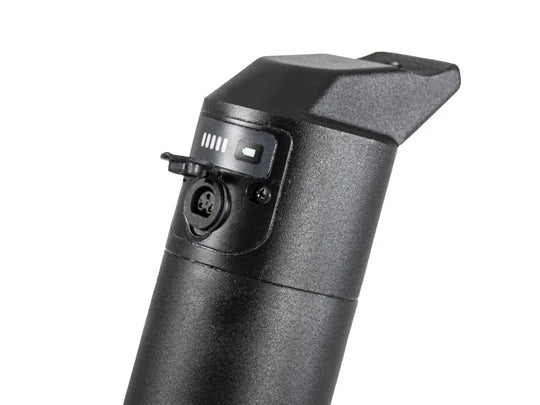
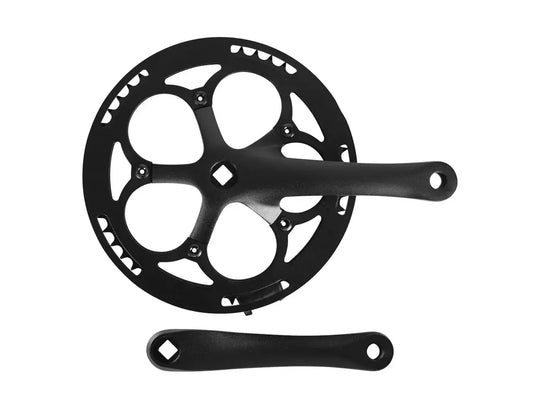
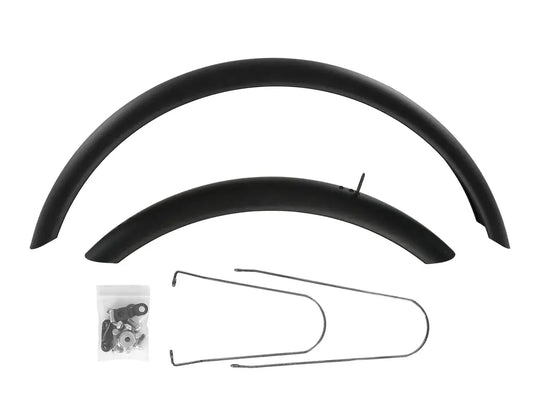
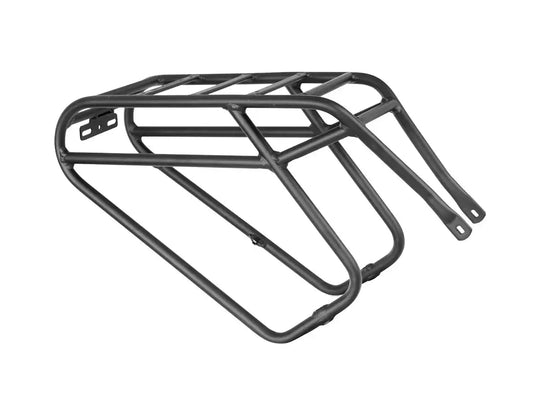
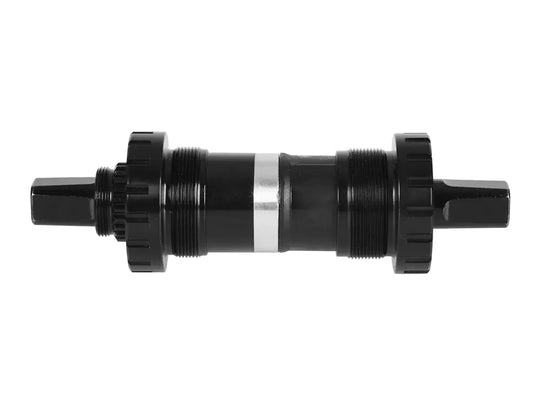
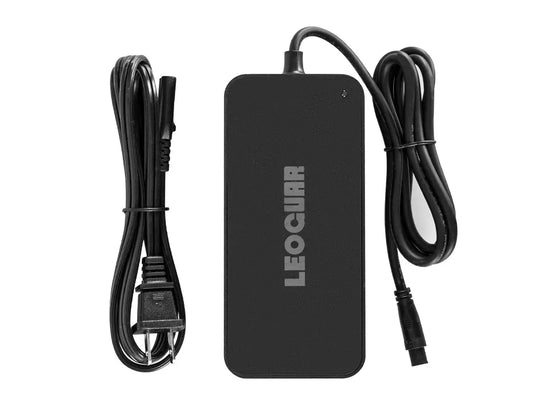
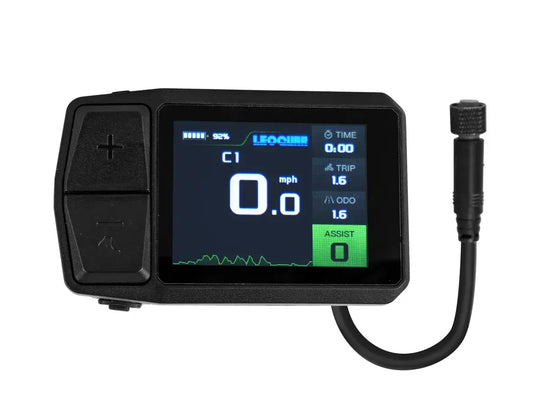
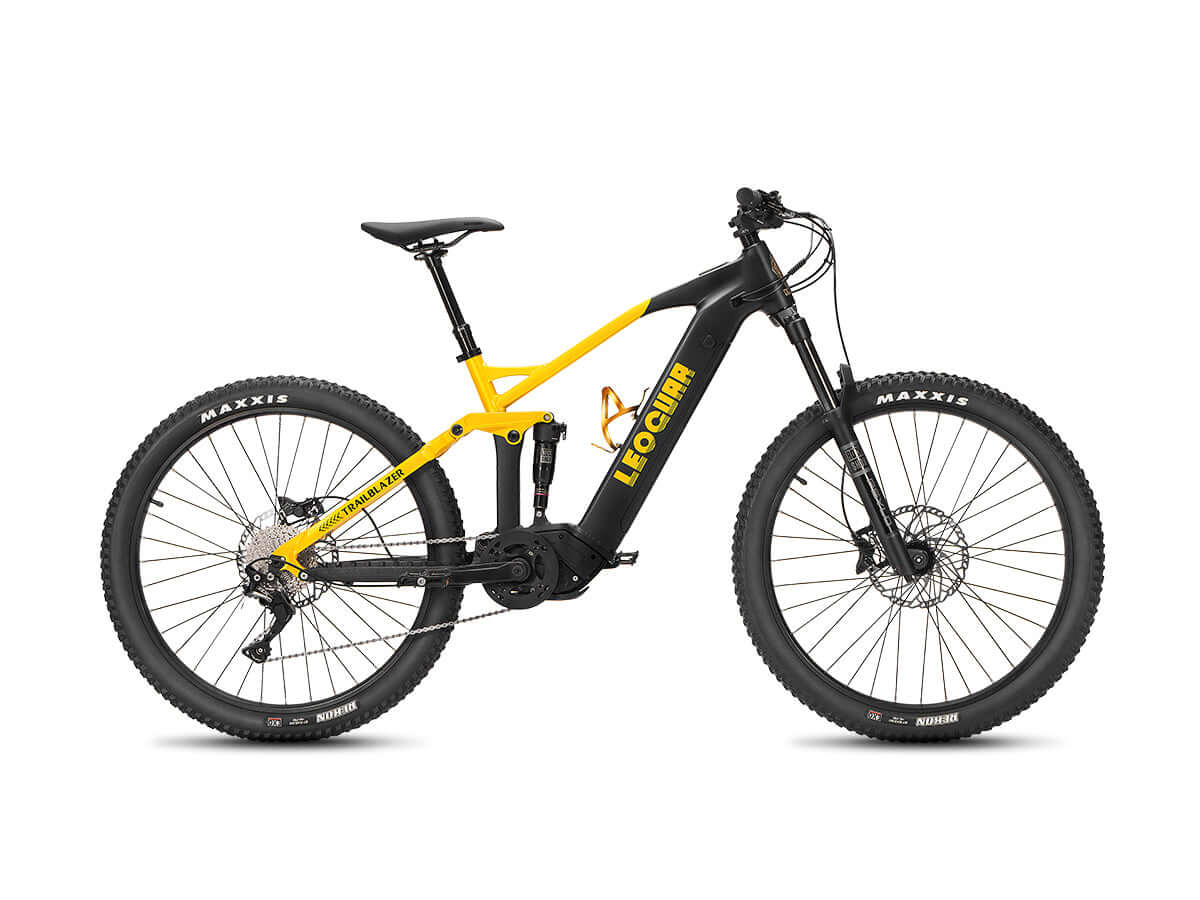








Leave a comment